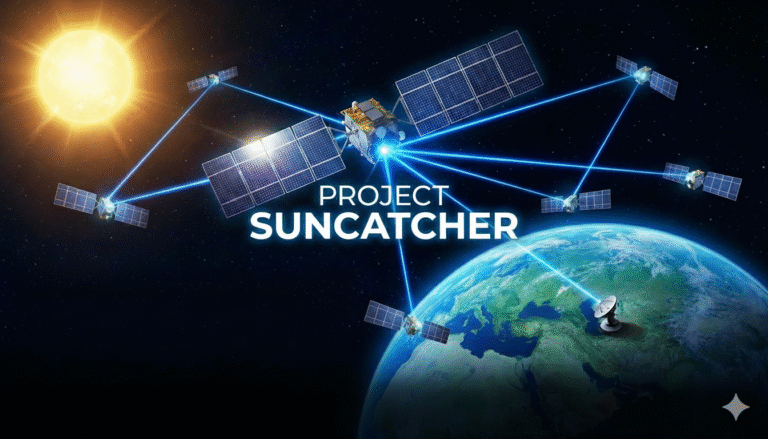Why Cellulose-Based Electronics Matter—Now More Than Ever
The world is drowning in electronic waste. In 2022 alone, a staggering 62 billion kilograms of e-waste were generated globally, with less than a quarter recycled in an environmentally responsible way. As our dependence on electronic devices grows, so does the urgency to find sustainable materials and closed-loop recycling methods.
Enter a new era of green electronics: researchers led by Professor Yu Shuhong at the University of Science and Technology of China have created a cellulose-based dielectric film that is not just biodegradable, but fully bio-recyclable. This innovation could be a game-changer for the electronics industry—cutting e-waste, improving recycling, and matching the performance of conventional materials, all without harsh chemicals or high-energy processing.
Let’s unpack the science, significance, and future impact of this milestone discovery.
The Science: How Does the Bio-Recyclable Cellulose Dielectric Work?
Traditional Electronics: Costly for Planet and People
- Most electronics use substrates made from epoxy resin and plastics, which are energy-intensive to produce and virtually impossible to recycle without losing quality or releasing toxins.
- Existing recycling often involves high heat, dangerous chemicals, or simply burns or landfills discarded devices—wasting resources and polluting the environment.
The New Breakthrough
- Material Basis: A composite dielectric film built primarily from cellulose, the world’s most abundant biopolymer (the structural component of plants).
- Closed-Loop Process:
- Bio-Manufacturing: Glucose (the building block of cellulose) is processed with functional additives through a mild, bio-friendly route to make the electronic substrate.
- Device Fabrication: Devices are manufactured using the substrate as efficiently and cost-effectively as with conventional materials.
- End-of-Life: Instead of hitting landfills, the substrate is treated with a mild enzymatic process, breaking it back down into glucose without high temperatures, pressures, or toxic chemicals.
- This closed-loop means the same glucose can be cycled and reused, making endless electronic lifecycles possible—without toxic waste or energy drains.
Performance and Cost: Does Sustainability Mean Sacrifice?
Absolutely not. In fact, the research shows:
- Lower Signal Loss: Devices built on cellulose-based films show lower transmission loss compared to standard epoxy resin—meaning data and electricity move more efficiently through these green substrates.
- Equivalent Production Cost: The new material matches the manufacturing costs of current industrial substrates.
- Enhanced Environmental Profile: The entire substrate can be recycled without loss of quality, reducing the carbon footprint and waste footprint of every device.
Why Is This a Big Deal? Three Key Advantages
1. Real Sustainability for Electronics
- No More Linear Waste: From raw material to smartphone and back to glucose, the full lifecycle is circular, reducing waste to near zero.
- Cleaner Recycling: Mild enzymes, not acids or burn pits, return materials to basic, safe sugars.
2. Boosted Device Performance
- Substrates are the “supporting bedrock” of all circuits. Lower signal loss means faster, more reliable, and more energy-efficient devices.
3. Scalable, Cost-Competitive Manufacturing
- Because cost and performance match the status quo, manufacturers can swap in these eco-friendly substrates without losing profits or performance.
How the Technology Works: Step-by-Step
- Step 1: Glucose is bioengineered with additives into a flexible, transparent cellulose-based film.
- Step 2: The film acts as a substrate for printed circuits, chips, or sensors, supporting the delicate electronic components.
- Step 3: Once the device reaches end-of-life, the substrate can be removed and exposed to enzymes, which break down cellulose back into glucose.
- Step 4: The glucose can then be used to produce new films—no need for virgin raw materials, no toxic byproducts.
This system mirrors natural cycles, making electronics as recyclable as a leaf in a forest.
Challenges Solved by the New Cellulose Dielectric
- High-Performance Recycling: Traditional “downcycling” means recycled plastics and electronics are always lower quality. This process yields original-quality substrate, ready for next-generation devices.
- Low-Energy Manufacturing: The new method skips the need for high heat and pressure, cutting both costs and emissions.
- Avoiding Toxins: No need for harmful solvents, acids, or heavy metals.
Broader Impact: What Does This Mean for You?

- For Tech Companies:
- Lower compliance effort for environmental regulations.
- Cheaper, cleaner recycling end-to-end.
- Enhanced sustainability story for eco-conscious consumers.
- For Regulators & Policymakers:
- Real circularity—no more greenwashing.
- Model for new e-waste and product standards worldwide.
- For Consumers:
- Greener gadgets, guilt-free upgrades, and devices designed for circularity.
- For the Planet:
- Slashed plastic waste, greenhouse gas emissions, and toxic pollution.
- More sustainable use of finite resources.
Green Electronics Are Finally Real—and Ready
This cellulose-based, bio-recyclable dielectric film isn’t just a scientific curiosity; it’s a blueprint for the next revolution in electronics. By making it possible to recycle devices back into their molecular building blocks without pollution or quality loss, the work of Yu Shuhong’s team doesn’t just promise better, cleaner technology—it delivers a vision of closed-loop manufacturing that our planet urgently needs.
As electronics become more ubiquitous, innovations like this have the power to rewrite the e-waste story—from crisis to closed cycle, from pollution to possibility. Will your next device be part of the solution?









+ There are no comments
Add yours